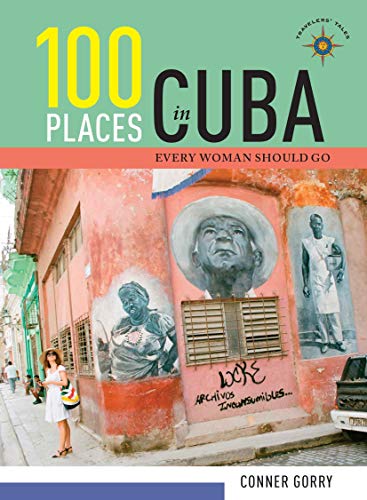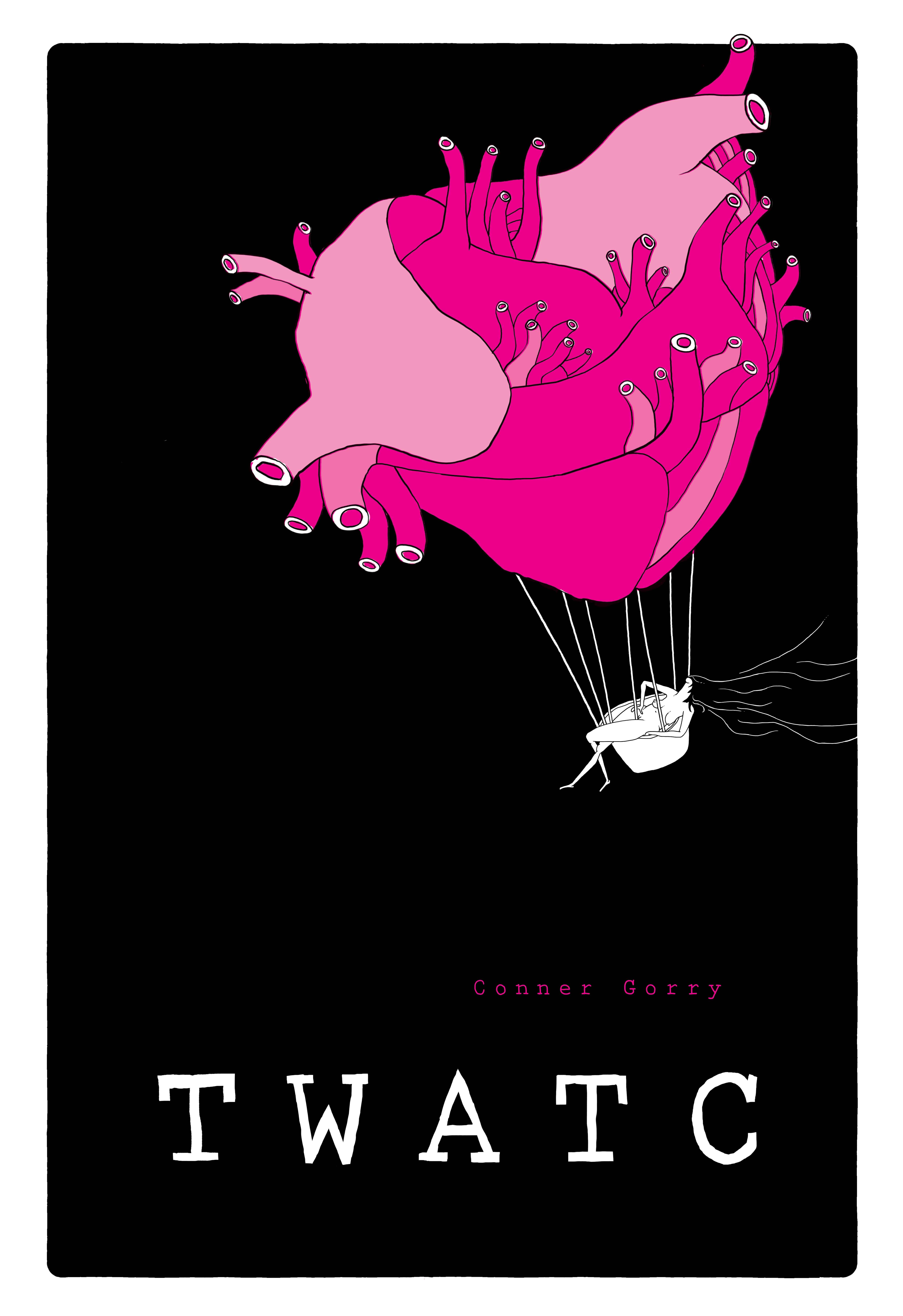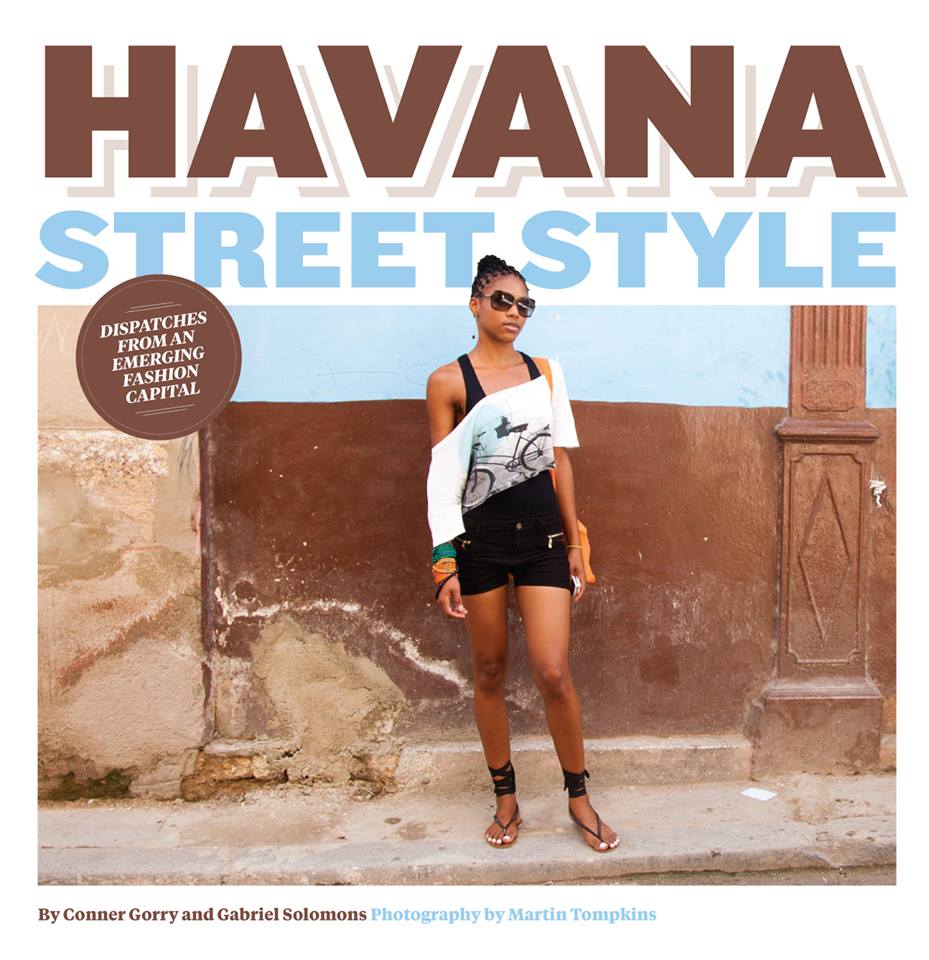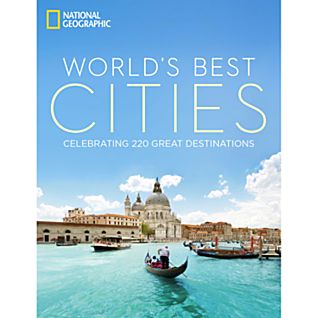First came the packs of drunken jailbait to the Fábrica de Arte, snapping selfies while the Cuban band played their hearts out.
Then came the frat boys so blasted they lay unconscious in the street and had to be taken to their casa by the police. Only they couldn’t remember where they were staying.
They were followed by the wannabe musician from Ohio (passing himself off as Brazilian) who threw himself to the sidewalk, shrieking like a schoolgirl ‘SOY TURISTA!! SOY AMERICANO!!’ when the Cuban he cheated set upon him.
This is the new normal for tourism in Havana. It ain’t pretty. I figured I’d just wait until it blew over (and it will blow over – the college girls will discover the gorgeous mulatto bailarín is already married; the Yuma who bought a house with his Cuban ‘frens’ will return after a quick trip north to find the locks changed and no legal recourse; and word will get around that there are too frequent shortages here, of beer, water, electricity, English speakers, toilet paper, vegetarian food, whatever). Then something happened which obligates me to write this post.
“Where’s the closest Wifi? We have to connect!”
“There’s a park with Wifi six blocks from here. And they just activated Wifi along the Malecón.”
“What’s the Malecón?”
“…”
These were nice guys, don’t get me wrong. But this is akin to asking: what’s the Louvre? What’s the Coliseum? The Malecón is THE symbol of Havana. This instantly qualified as one of the top 3 most stupid questions I’ve been asked. Plus, it convinced me to try – once again – to do something about the pervasive ignorance about Cuba. I know I’m pissing in the wind here – if I’m lucky, this blog gets 400 views a day and those are mostly choir members: people anxious for on-the-ground information about Cuba, my followers, friends and family. So how do I reach the others? The cruise ship passengers in port for 36 hours and the spring breakers here for a mojito-fueled weekend? What about the 1% who land their private jets at José Martí International Airport and contract a paladar for their exclusive dining pleasure, paying $6000 for the privilege (the equivalent of 20 years salary for my neighbor Mercedes), and then jet off again? Or the family of four “daring” to visit Cuba, trying to keep up with the Joneses?
I’ve written tons about traveling more conscientiously to Cuba. I’m a founding member of RESPECT (Responsible and Ethical Cuba Travel) and tell everyone willing to listen about this new consortium. Anyone who asks to buy bottled water at Cuba Libro gets all the potable (boiled) water they can drink, free of charge, and an earful about why we don’t sell bottled water. Four million tourists in 2016, drinking small plastic bottles of water + island ecology = environmental disaster, no matter how you do the math. The same goes for anyone who asks for a straw. We stopped using straws after participating in the Ocean Conservancy’s International Coastal Cleanup last year when we learned that drinking straws are the #1 plastic product polluting our planet’s oceans.
I’m one of those people who always wants to do more. Maybe it’s because I’m the youngest of four. But my time, money and reach are limited. I wish I could have an impact beyond sending these thoughts into the ether and bending everyone’s ear about the evils of (some) tourism. So, until I’m invited to do a TedTalk, here are some of the most egregious and under-reported ways that tourism is affecting us here on the ground:
No Spanish whatsoever: Get a phrase book, an app, an interpreter, whatever works for you, but learn at least a few words of wherever you’re traveling. One everyone needs at the ready here in Cuba is “permiso.” This means ‘excuse me.’ Learn it. Use it. I was at a popular club last week (part of my so-far-not-so-successful 2017 goal to re-establish some work-play balance in my life) and spotted my friends across the crowded dance floor.
“Permiso,” I said, the smile on my face audible.
No response.
“Permiso!” I repeated, louder.
Nothing.
“PERMISO/Excuse me!!”
The dude shifted his weight slightly to the right and I squeezed through. I get that not everyone speaks Spanish, wants to speak Spanish, or has the time, energy or brain cells to learn some local words before traveling to foreign climes. But when you start fucking with our mechanisms and flow, it gets annoying (and inefficient). It’s like the people in New York, my home town, who stand on the left side of escalators or who stop on street corners to look at maps or their smart phones. Permiso isn’t a hard word to learn or pronounce, nor is taking the último, which you should do in each and every line in which you find yourself. El último is the most important concept to learn before traveling here if you don’t want to screw with the local flow.
The classic car cliché – The fury for classic car tours has me irrationally incensed. I say irrational because there are upsides: cars rusting in back lots or abandoned in garages for decades are now up and rolling through the streets; restoring them is providing jobs for many; and the cars’ owners are making a killing taking tourists on hour-long loops around the city. Before I unleash my rant, let me repeat for lazy readers who missed it the first time: I recognize the benefits and I admit my attitude is irrational. Now for the complexities: convertible car tours have become such a trend that cars previously functioning as collective taxis for the local population are being taken out of circulation and their tops shaved off (to the tune of $3000 CUC) to satisfy tourist demand. Whereas these drivers used to hump their ass all day long (or hire someone to do so) collecting 10 peso fare after 10 peso fare (about 35 cents), they now get up to $50 CUC an hour (that’s double the average monthly state salary) taking Tea Party supporters on a Habana Vieja-Plaza de la Revolución-Parque Almendares-Miramar tour. I would love to do a Candid Camera-type maldad where fun- and sun-seeking tourists from Kansas jump into the convertible and instead of traveling around ‘Disneyland Havana,’ they’re taken into the dark, gritty depths of Jesús María, La Timba, Fanguito, Los Pocitos, and Coco Solo, ending up in Mantilla…and left there.
Sadly, whoever is currently chopping a classic car is screwed: word on the street is that the state auto regulatory authority won’t be approving any more post-factory convertible conversions. If true, I predict it’s going to play out like this: car owners unable to procure the proper authorization will operate anyway, illegally. The money is just too tempting and they have to recover their investment after all. When stopped by the cops, they’ll slip 20 CUC in with their license and registration and everyone will drive off happy. Instead of being just another cog in this cliché, I suggest taking a classic Harley-Davidson tour – you’ll get the same 360° views; be closer to the people and scenes you’re photographing; and helping a needier Cuban than the convertible car guys. It’s also much cooler. Two other factors about these cars chap my ass: the environmental damage of all these cars without catalytic converters is incalculable and when they line up on the Avenida del Puerto in the heart of Habana Vieja to await thousands of disembarking cruise ship passengers, it causes nasty traffic snarls, making it even more difficult for regular folk to get to and from home, work, or play.
Pro tip for those on one of these tours: someone, please sit up front! It is local custom for someone to share the front with the driver. Cubans are social like that, plus, you get to observe up close how a pro maneuvers 2 tons of steel , can feast on the dashboard details (I’ll bet you 10CUC the speedometer doesn’t work), and you get the same stellar views. Bonus, insider info will definitely be yours if you share a common language with your driver – whose ear you’ll have for an hour or more. So unless you’re on a honeymoon or something similarly romantic, ride shotgun – even, or especially if, you’re traveling solo.
Your lucha is our gain – There’s other tourism-related stuff annoying me lately: foreigners who refuse to stand in line and pay to jump it; visitors who scam subsidized cultural events here, insisting on paying the local price (almost all venues here have a Cuban and a foreigner price, just like in Hawai’i, the Seychelles and other tourist-dependent islands. Often these same visitors decry the low salaries here, precisely as they undermine them); and of course, sex tourism, prostitution, transactional sex or whatever you want to call it. I was very heartened to learn at the recent Gender Violence, Prostitution, and Sexual Tourism Symposium that Cuba is considering penalizing johns instead of the sex providers a la Sweden.
Because this is a very depressing post and we’re living in very depressing times, I want to end on a positive note. A couple, actually.
First, talking with my friend Ernesto today, he observed that one of the good things about all this tourism – especially from the USA – is that people are seeing Cuba for themselves and learning first-hand that much of what they’ve heard about Cuba – it’s dangerous, a repressive police state, that Cubans are miserable and hate their realities – is bullshit. People drawing their own conclusions from their own experiences is powerful.
Second is the story of Kevin, Bryant, Blake and Jeff (or something like that), four bros from the East Coast who came to Cuba on a quick 5-day whim of a trip. On Day 2, they went out to the Morro-Cabaña and while picking their way along the moss-slickened cliffs, Jeff (or Kevin or Bryant or Blake) slipped and went tumbling into the sea. He surfaced quickly, holding his iPhone above the water as his friends fished him out. They made their way back to their casa in Havana and began hunting for raw rice in which to submerge the iPhone overnight in an effort to salvage it. Night had fallen by this time; they didn’t know where to buy rice and no stores (let alone bodegas) were open regardless. They stopped in a restaurant and in their broken Spanish asked one of the waiters if he’d be willing to sell them some rice. A diner overheard their conversation, rose from the table where he was sharing dinner with his family, took the guys to his home, gave them some rice (refusing payment, of course), and invited them back the next day for some coffee and conversation.
They were thrilled and so was I: here were four dudes whose Cuba trip could have been filled with a classic car tour, mojitos, jineteras on the Malecón and getting nauseous on Cohibas. Instead, they embraced serendipity, solidarity and the spirit of experiential travel. I don’t know if they ever got the iPhone working, but I know they made travel memories that will last their lifetime.










